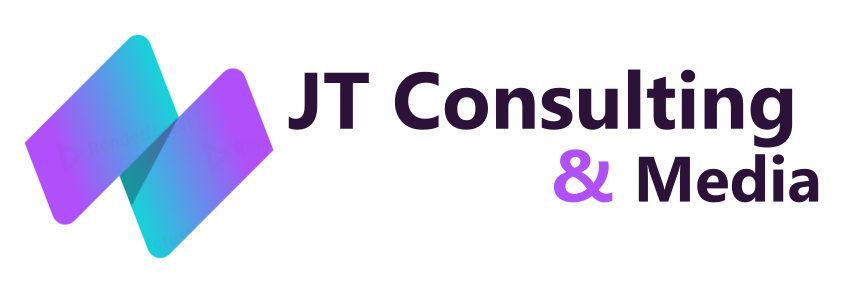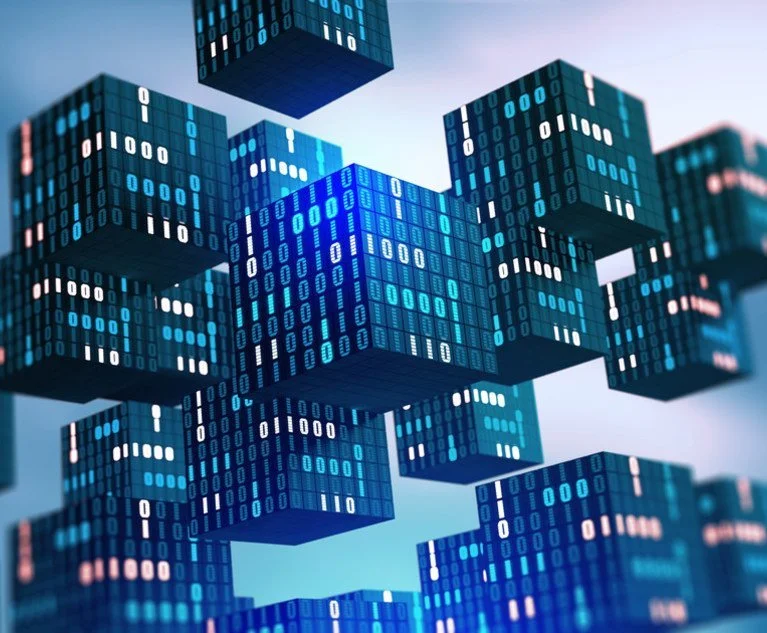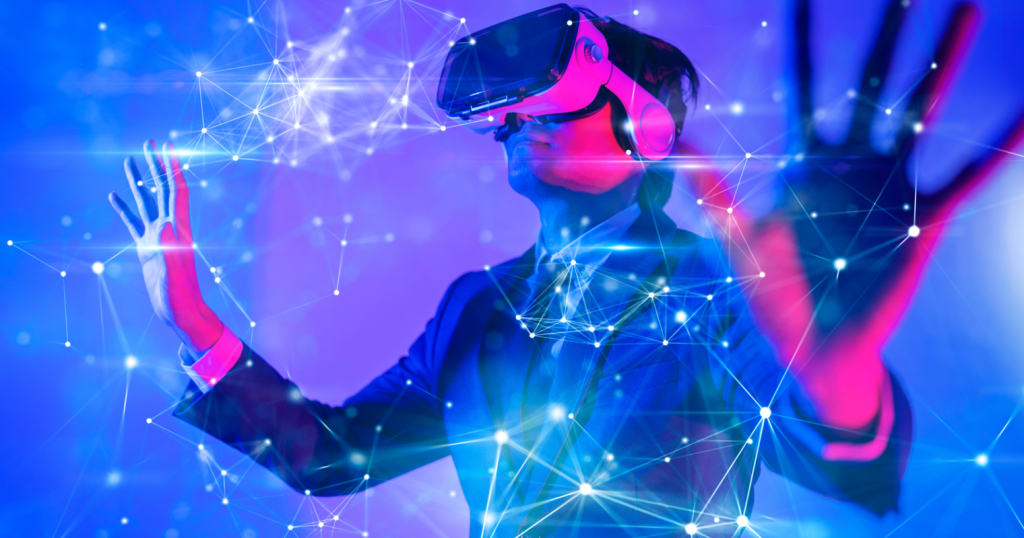Category: DAO
-
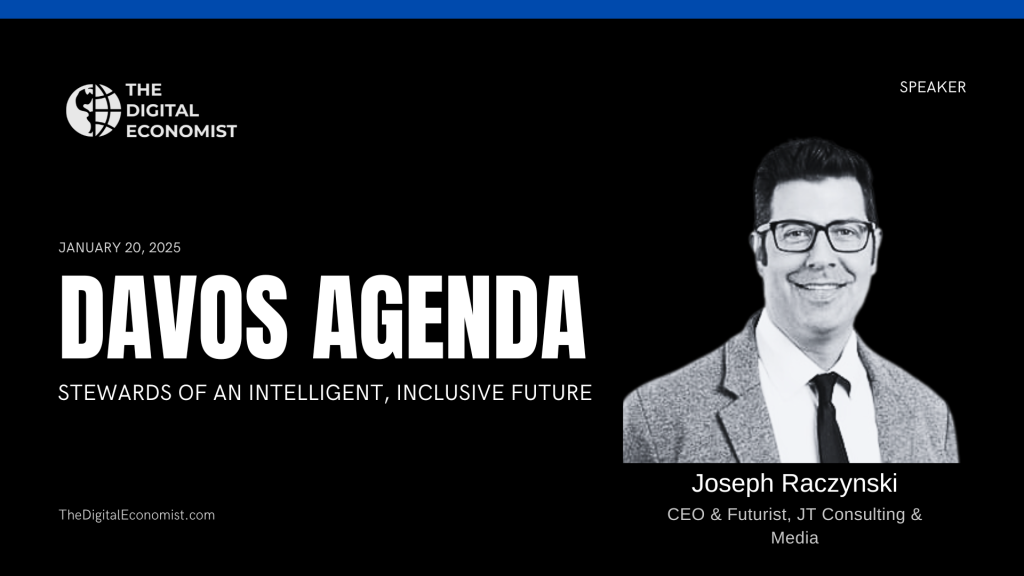
Agentic AI: The Next Frontier in Blockchain and Crypto
This is a primer for a presentation I will be giving in Davos. As we venture into 2025, a new technological paradigm is emerging at the intersection of artificial intelligence and blockchain: Agentic AI. This groundbreaking development promises to revolutionize how we interact with digital systems, particularly in the realm of cryptocurrencies and decentralized finance.…
-
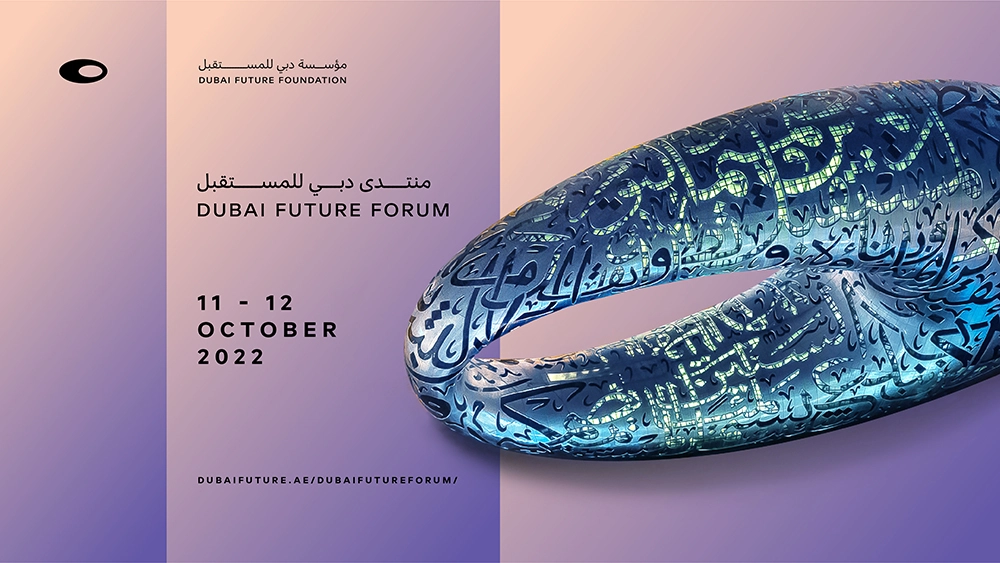
Future Forum Dubai: How Do We Define Wealth In The Future?
Happy to have been a part of this session “How Do We Define Wealth In The Future?” to uncover the potential shift away from traditional monetary forms of value and the role emerging technologies will play in creating alternative forms of wealth. The Future Forum is an annual event hosted by the Dubai Future Foundation…
-
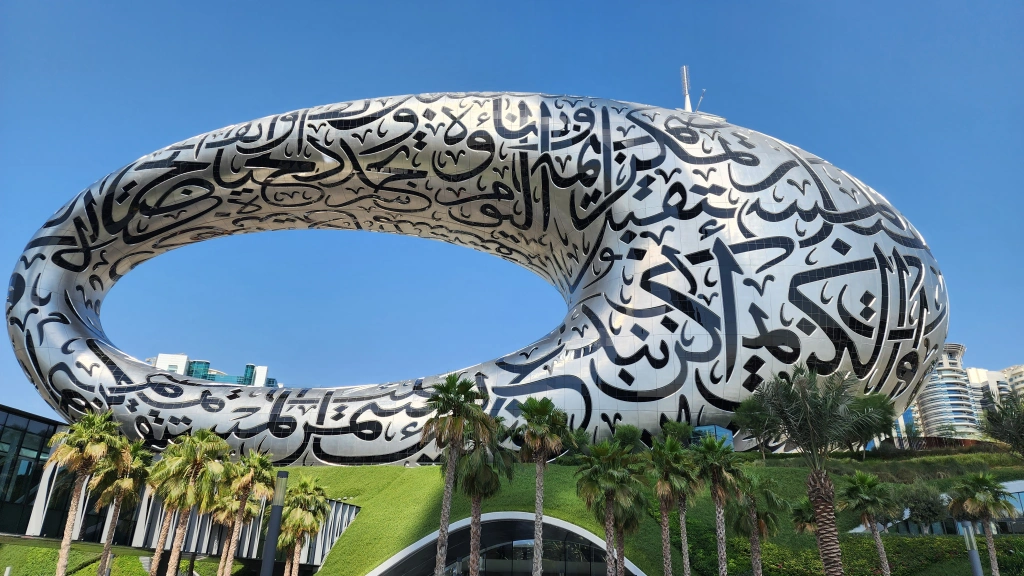
Dubai Future Forum Inspires
It was a pleasure and honor to have been a part of the inaugural Dubai Future Forum. It is an annual event hosted by the Dubai Future Foundation convening over 400 of the world’s top futurists to Dubai to anticipate challenges, imagine opportunities, share foresight, and shape the future. The first edition of the Dubai…
-
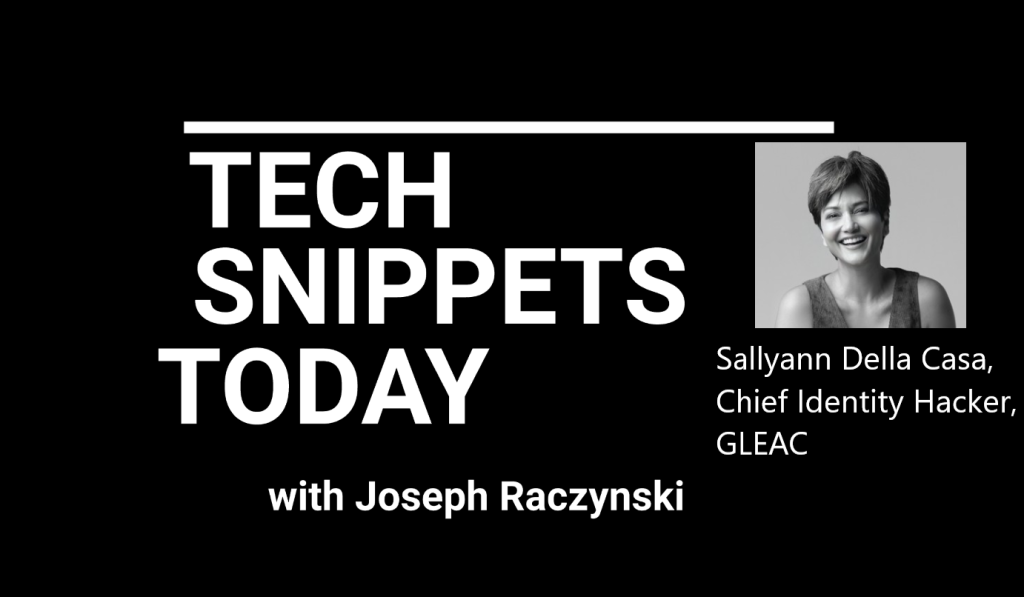
Tech Snippets Today – GLEAC – Sallyann Della Casa – Chief Identity Hacker, with Joseph Raczynski
It was an honor and a privilege to speak with Sallyann Della Casa. She is Chief Identity Hacker at GLEAC. We dive headlong into NFTs and their increasing relevance going forward. Some background about my esteemed guest. She is one of the 4% of women globally who has a patent pending method and algorithm (for…
-
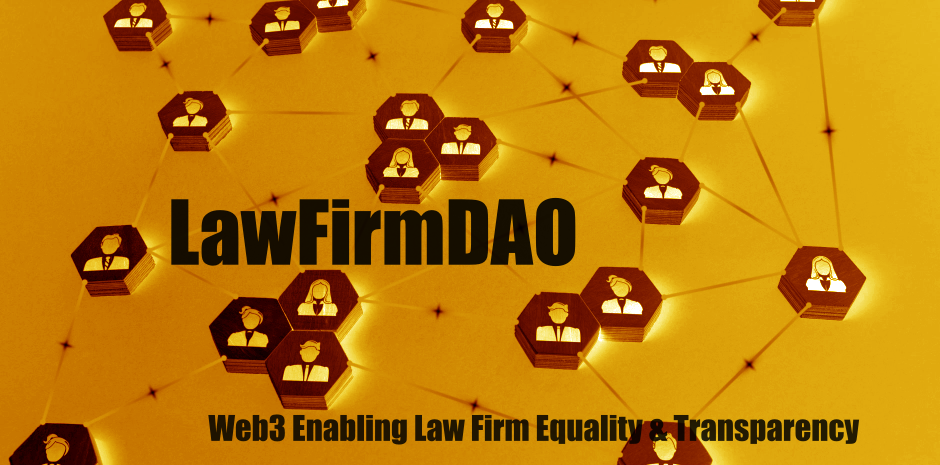
Forum: The LawFirmDAO offers bold predictions of future firm partnerships
Originally published in Forum Magazine By Joseph Raczynski Could decentralized autonomous organizations (DAOs) revolutionize how law firm partnerships are going to be structured in the near future? Imagine a fully decentralized law firm. What might that look like? What if every attorney who opted in became a partner from Day 1, equitably sharing the benefits…
-
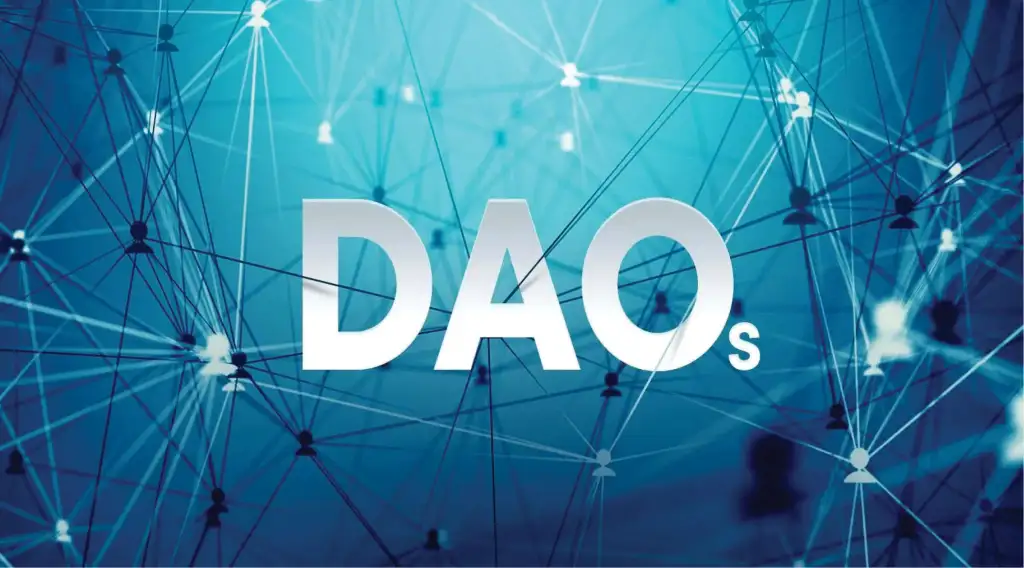
DAO (Decentralized Autonomous Organizations) and Regulation
Originally published on Cryptos on the Rise. A DAO (Decentralized Autonomous Organization) is a revolutionary change in the manner that people and businesses can organize. Leveraging blockchain technology, it is a decentralized model of control and governance. The essence of a DAO is transparency, clarity of rule, and process driven decisions – primarily utilizing smart…
-

Mind-shifting into blockchain, cryptocurrency, and the future of asset ownership in the metaverse
Originally posted on Our Purpose – Thomson Reuters Are you ready to jump down the rabbit hole? Well, so begins one of the most transformative periods in human history. What began as a widely dismissed experiment unleashed on the world by an anonymous author became a phenomenon that will alter corporations, governments and your own…
-
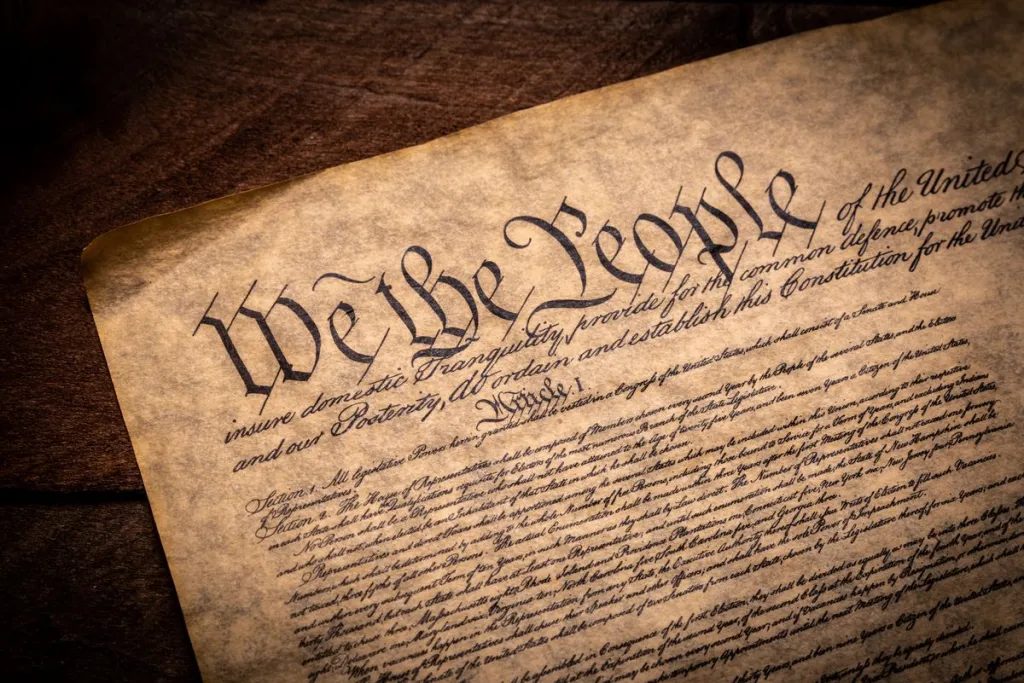
Buying the Constitution: The rise of DAOs in legal
Originally published on Thomson Reuters Institute on November 18, 2021. Could Decentralized Autonomous Organizations (DAOs) become the model for future business structures and transform the legal industry in the process? Update: After this blog post was published, the ConstitutionDAO fell short in its bid to buy a rare copy of the US Constitution in an auction…
